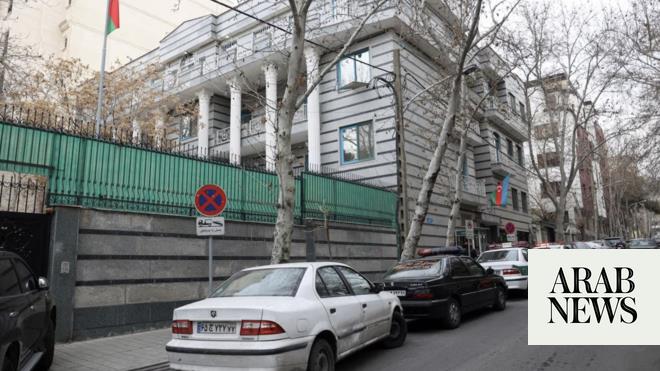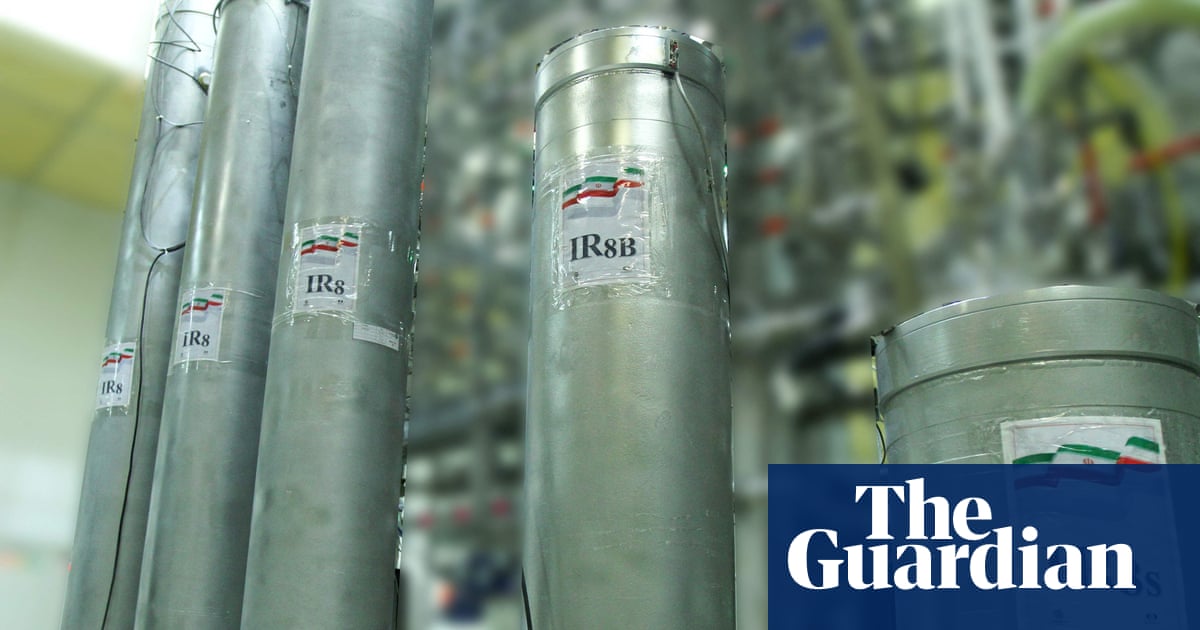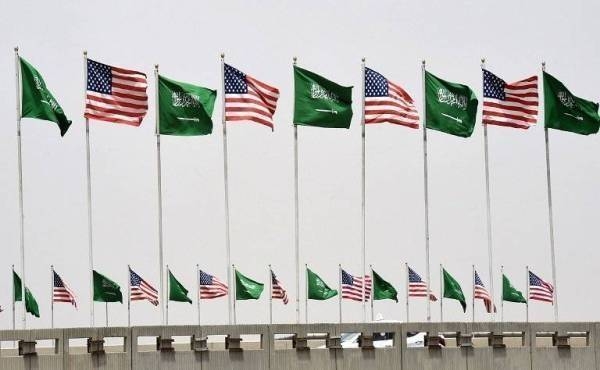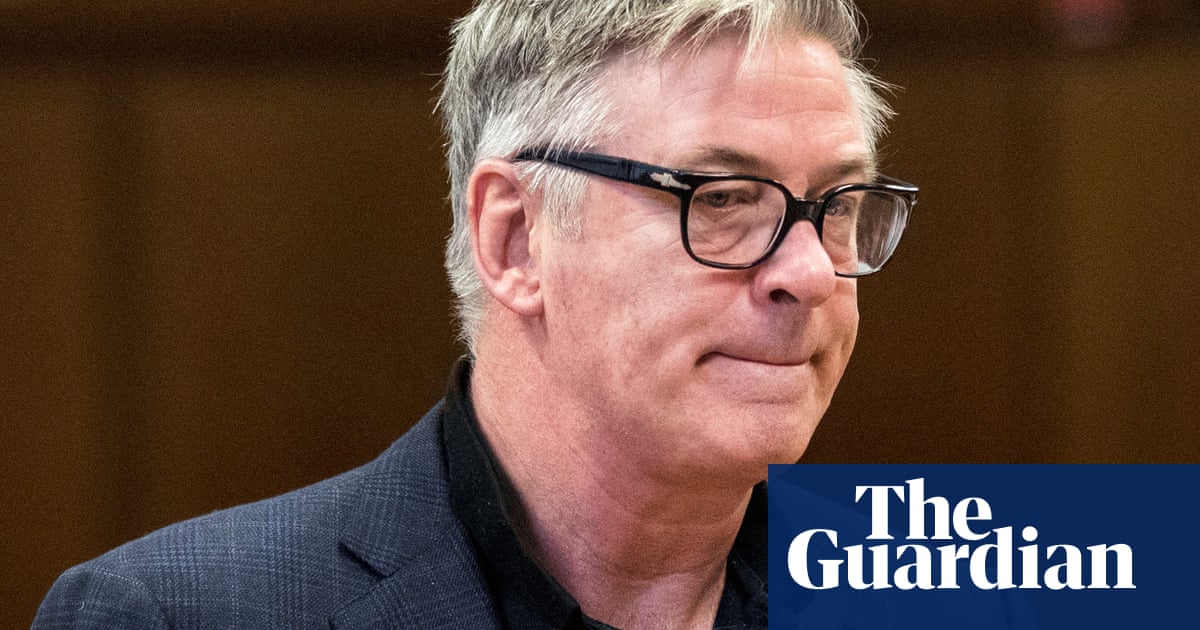
The fledgling mayor of New York, Eric Adams, is facing renewed pressure to reassure jittery New Yorkers over the safety of the city’s subway service after an apparently random shooting on a train crossing over the Manhattan Bridge killed a rider.
Daniel Enriquez, 48, a Goldman Sachs investment researcher, was shot once in the chest at about 11.42am on Sunday as he rode a Q-line train over the East River from his home in Park Slope, Brooklyn, into Manhattan, to have brunch.
Police later said that the attack had been unprovoked, and that the gunman was still at large having fled from Canal Street station in lower Manhattan wearing a Covid mask and dark blue hoodie.
The New York police department released surveillance images of a suspect and the police commissioner, Keechant Sewell, appointed to the role by Adams, tweeted images saying “we need all eyes on this” and describing a “tragic, senseless shooting”.
Relatives of the victim became the latest to add their voices to calls for Adams to act on subway safety. The sister of Enriquez, Griselda Ville, told the New York Post: “I want every New Yorker to realize this could be your reality tomorrow – your worst nightmare could come true.”
Enriquez’s brother-in-law was more direct, telling Adams through the newspaper: “Do your job. Get crime off the streets.”
Official statistics show that fatal attacks on New York’s public transport network continue to be rare, with serious crimes on the subway and buses accounting for just 2% of the city’s total. Four people have been killed in foul play situations in the city’s sprawling, 24-hour transit system this year – the same number as the same period last year.
Overall, New York is vastly safer than it was in the notorious 1980s and 1990s, when at its peak murders exceeded 2,000 a year compared with fewer than 500 last year.
But that offers Adams, a Democrat who on 1 January succeeded two-term fellow Democratic party mayor Bill de Blasio, relatively little comfort as he struggles to establish his new mayoralty, now in its fifth month.
He is battling on multiple fronts, from Covid infection rates that are rising again in the city, to an economy – especially in Manhattan – still languishing from the pandemic, and a perception of rising crime even though it is not borne out by the data.
Through many of these challenges, the mostly underground, vast subway train system runs as a common factor.
The perception of a crime problem has been heightened by recent shocking cases of crimes in the subway system, including a woman killed when she was pushed by a homeless man in front of a train in January, and the mass gun attack last month on the N train in Brooklyn in which 10 people were shot and 13 injured by a sole shooter, though nobody died.
The latest attack comes at an awkward moment for Adams. He has been working hard in recent weeks to get the city moving again, calling for businesses to reopen their offices and workers to return to their desks.
In March he went to the headquarters of Goldman Sachs, the employer of the rider slain on Sunday, to encourage the revival of in-person working which is still well below pre-pandemic levels in midtown and downtown. City authorities have projected that office vacancy rates across the five boroughs will remain at 20% over the next four years.
One essential piece in getting the city back to work is to lure New Yorkers back on to the subway. But rider figures are still at about 60% of their pre-pandemic numbers, creating a vicious circle in which the eeriness of relatively unpacked subway carriages and platforms further discourages people from returning to public transport.
Adams, the second Black mayor in New York’s history, has responded to the challenge by leaning on his background as a NYPD officer and playing the “tough on crime” card. He has pledged to increase the number of officers on the subway system and remove homeless people who shelter in the network.
He has also incurred the wrath of criminal justice reformers by recreating a contentious police unit that is charged with getting guns off the city’s streets but has a history of brutality.
The mayor’s critics and political enemies have attempted to portray him as being more interested in his own national political prospects than in dealing with New Yorkers’ problems. He has invited those reproaches by presenting himself as the “face of the new Democratic party”.
A day before the Manhattan Bridge subway shooting, the New York Post ran a story based on anonymous “sources” that claimed the mayor was considering running for the White House should Joe Biden stand back in 2024. The report was denounced as gossip by Adams’s publicity team.












